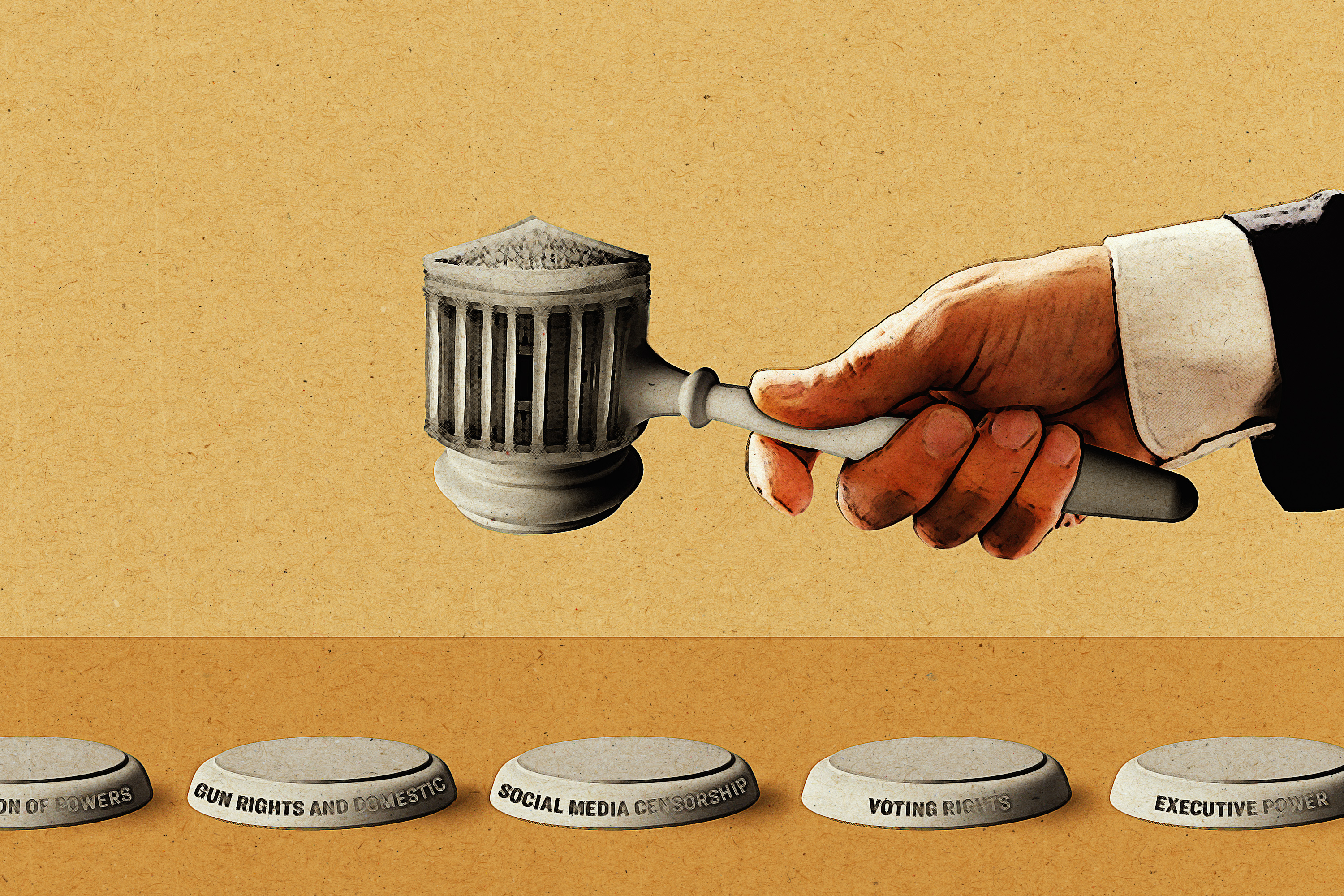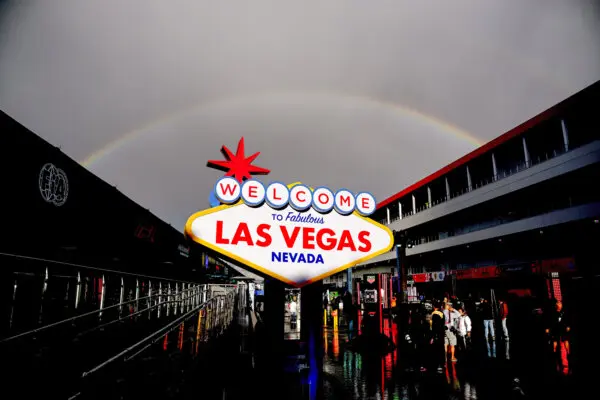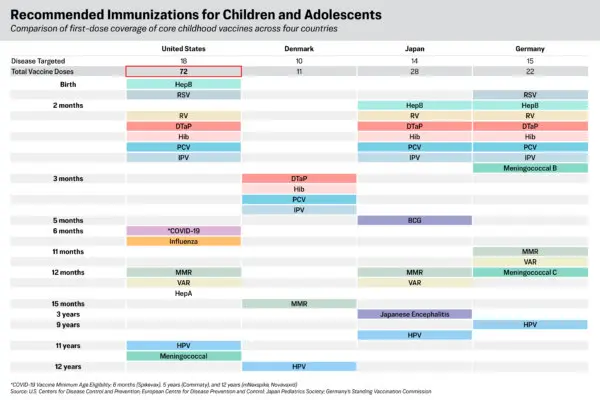The 5 Supreme Court Cases to Watch This Session
Social media censorship, federal regulation, separation of powers, gerrymandering, and gun rights are on the docket.

Illustration by The Epoch Times, Shutterstock
|
Updated:
Each year, the Supreme Court is flooded with more than 7,000 petitions to take up cases that can result in major changes to U.S. law.
Ultimately, the justices accept between 100 and 150 of the petitions for writs of certiorari, according to the U.S. Courts
website.










